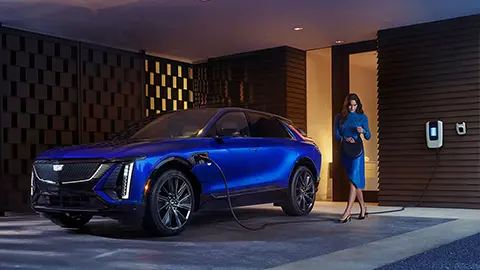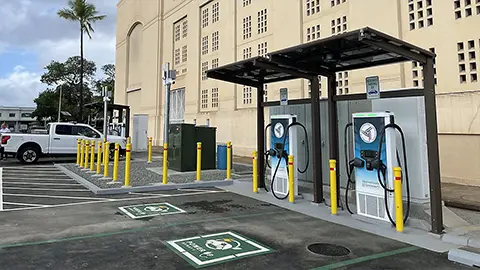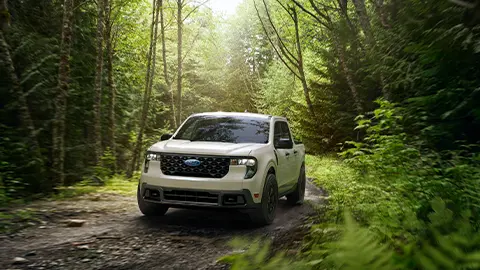Tesla Announces New Battery Factory in Canada
Residents of Markham, a suburb to the northeast of Toronto, Ontario, woke up to a surprise tweet from the city’s mayor, Frank Scarpitti, announcing that Tesla would be opening a manufacturing facility in their backyards.
Markham, a Canadian high-tech hub and home to many corporate headquarters including Tesla’s just a couple of miles away in neighboring Richmond Hill, has among the highest concentration of electric vehicle usage in the country, so it was a natural fit for the new facility. But what, exactly, will Tesla be manufacturing there?
Initial reports suggested the new manufacturing center would be making batteries, but that’s not quite true: the first Tesla-branded manufacturing facility will be producing equipment that will subsequently be used in the company’s existing “gigafactories” around the world. In 2019, Tesla purchased a Canadian company called Hibar, also located in Markham, which manufactures pumps for Tesla batteries. Word has it that the new factory will be producing equipment to be used in the company’s next-generation “4680” cells.

What’s a “4680” Cell?
Apparently, 4680 is shorthand for the new cylindrical batteries’ dimensions, which are 46 mm by 80 mm. Larger and more sophisticated than the current “2170” (21 x 70 mm) cells Tesla uses in its battery packs, the 4680s pack five times the energy and come at 50 percent of the cost. All this means that future Teslas will be able to go further, faster, and for less money. While some of the increase in energy simply comes from the cells’ increased size, and the material they contain, they will still contribute up to a 30 percent increase in range. This is made up of 16 percent from the cell design itself, and 14 percent from the way the batteries are integrated with the rest of the vehicle’s electrical systems.
At the moment, 4680 cells, produced in partnership with Panasonic, are only made at Tesla’s pilot facility in California, where they are being tested for future versions of the Model Y, and will also be used in the Cybertruck pickup and the Semi long-haul truck. Once development is complete, they will be produced in the company’s six gigafactories around the world in Nevada, Buffalo, NY, Shanghai, Berlin, and soon Austin, TX.
All of which means that future generations of Tesla vehicles will all contain a little bit of Canada in them.
















